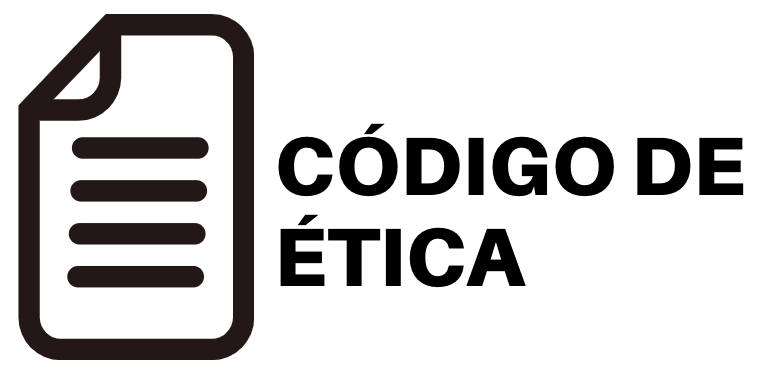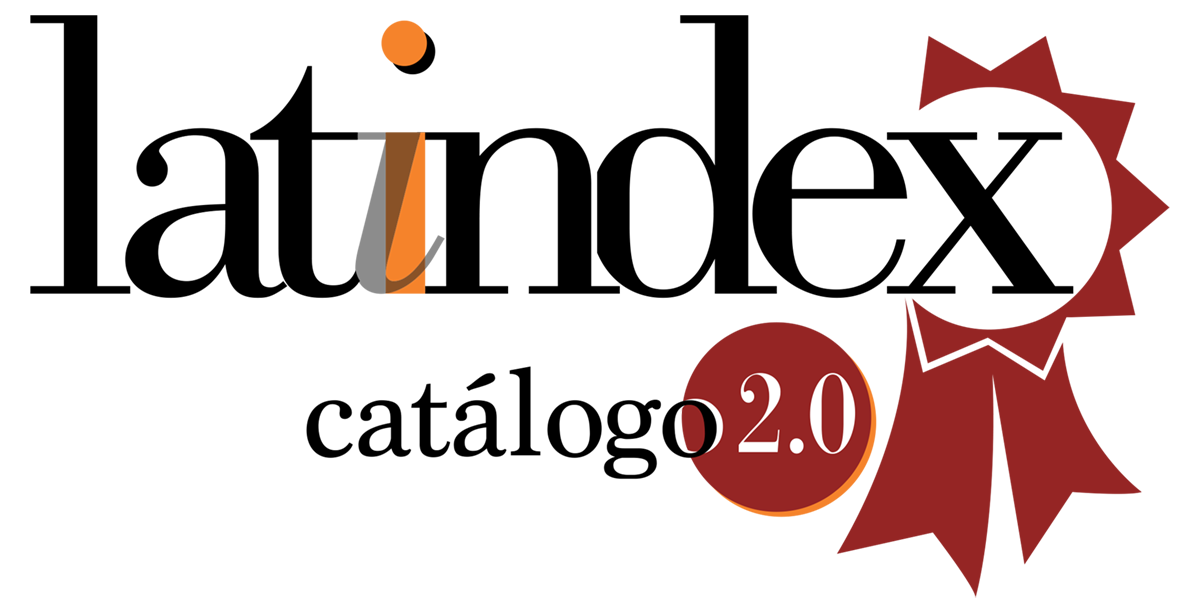Technostress and job satisfaction in employees of a food company during the COVID-19 pandemic
DOI:
https://doi.org/10.33936/psidial.v1i1.4299Keywords:
technostress, job satisfaction, teleworkAbstract
The working methods of companies have undergone considerable alterations since the arrival of covid-19 in our country. The mobility restrictions have led to the containment of the spread of the virus, as a consequence they have left critical situations that imply significant losses for the development of the organizations, for which they have taken measures for their adaptation by modifying the management of their processes and implementing the teleworking modality many times without considering the effects it can have on your collaborators. The objective of the research was to establish the relationship between technostress and job satisfaction of employees of a mass consumption food company in the city of Guayaquil during the COVID-19 pandemic. This was achieved through a non-experimental quantitative research, correlational scope and cross-sectional. Twenty members of a food company whose ages are between 21 and 44, who were teleworking, participated in this research. The instruments used were the RED -TIC and Job Satisfaction questionnaires. The results obtained determined that there is a low negative correlation between the two research variables, that is, the technostress is lower while the job satisfaction is higher. It was evidenced that within the company there are certain psychosocialrisks related to the workload and rhythm, the development of competencies, the recovery and margin of action and control, which influences the sub-variable working conditions and work itself, corresponding to the job satisfaction variable.
Downloads
References
Alfaro De Prado, A. (2008). Nuevas Tecnologías y nuevos riesgos laborales: Estrés y Tecnoestrés. doi:10272/3414
Atalaya, M. (1999). Satisfacción laboral y productividad. Revista de psicología, 46- 66
Bosamia, M. (2013). Positive and Negative Impacts of Information and Communication Technology in our Everyday Life. Obtenido de Researchgate: https://www.researchgate.net/publication/325570282_Positive_and_Negative_Impacts_of_Information_and_Communication_Technology_in_our_Every day_Life
Brillhart, E. (2004): “Technostress in the Workplace. Managing stress in the electronic workplace”. The Journal of American Academy of Business, Cambridge. Vol. 5 Issue 1/2. Pp. 302-307.
Cuervo, T., Meneghel, I., Orviz , N., & Arce, S. (2020). Nuevos retos asociados a la tecnificación laboral: el tecnoestrés y su gestión a través de la Psicología Organizacional Positiva. Revista de Psicologia, Ciències de l’Eduació i de l’Esport, 38(1), 21-30.
Cuervo, T., Meneghel, I., Orviz, N., & Arce, S. (2020). Nuevos retos asociados a la tecnificación laboral: el tecnoestrés y su gestión a través de la Psicología Organizacional Positiva. Revista de Psicologia, Ciències de l’Eduació i de l’Esport, 38(1), 21-30.
Dias, D., & Costa, J. (2008). Impacto psicosocial de la Tecnología de información Y Comunicación (TIC): Tecnoestrés, daños fisicos y Satisfacción laboral. Acta Colombiana de Psicologia, 11(9), 127-139
Gargallo, A. (2008). La satisfacción laboral y sus determinantes en las cooperativas. Dialnet, 563-575.
Hannoun, G. (2011). Satisfacción Laboral. Universidad Nacional de Cuyo, Facultad de Ciencias Económicas, Mendoza. Obtenido de https://bdigital.uncu.edu.ar/4875.
Hernández, R., Fernández, C., & Baptista, P. (2006). Metodología de la investigación. México: McGRAW-HILL
Mamani, A., Obando, R., Uribe, A., & Vivanco, M. (2007). Factores que desencadenan el estrés y sus consecuencias en el desempeño laboral en emergencia. Revista Peruana de Obstetricia y Enfermería, 3(1), 50-57.
Ministerio del Trabajo. (2018). Guía para la implementación del programa de prevención. Ministerio del Trabajo. Obtenido de http://www.trabajo.gob.ec/wp-content/uploads/2012/10/GU%C3%8DAPARA-LA-IMPLEMENTACI%C3%93N-DEL-PROGRAMA-DE-RIESGOPSICOSOCIAL.pdf
Ortega, A. (2020). Bienestar psicosocial en el trabajo y Organizaciones saludables. Revista de Treball, Economia i Societat.
Ortiz, A. (2015). La concepcion de maturana acerca de la conducta y el lenguaje humano. Revista CES PSICOLOGÍA, 8(2), 182-199.
Osorio, J. E., & Cárdenas, L. (2016). Estrés laboral: estudio de revisión. Revista Diversitas - Perspectivas en psicología, 81-90.
Ragu-Nathan, T., Tarafdar, M., Nathan , R., & Tu, Q. (2008). Las consecuencias del Technostress para los usuarios finales. Sistemas de información Investigación, 19(4), 417-433. doi:10.12877/isre.1070.0165
Salanova, M. (2003). Trabajando con tecnologías y afrontando el tecnoestrés: el rol de las creencias de eficacia. Revista de Psicología del Trabajo y de las Organizaciones., 19(3), 225-246.
Salanova, M., Cifre, E., & Llorens, S. (2007). NTP 730: Tecnoestrés: concepto, medida e intervención psicosocial.
Salazar, C. (2019). El Tecnoestrés y su efecto sobre la productividad individual y sobre el estres del rol en trabajadores chilenos: un estudio psicométrico y predictivo. Chile: Universitat Oberta de Catalunya (UOC). Obtenido de Tesis Doctoral El Tecnoestrés y su efecto sobre la productividad individual y sobre el estrés de rol en trabajadores chilenos – un estudio psicométrico y predictivo-.pdf
Zayas, P., Baez, R., Zayas , J., & Hernandez , M. (2015). Causas de la Satisfacción Laboral en una organización comercializadora mayorista. Revistas Unimilitar, 35-51
Downloads
Published
Issue
Section
License
Copyright (c) 2022 Justine Lilibeth Olvera Miranda, Emma Azucena Triviño Poveda, Cecilia María Bastidas Bolaños

This work is licensed under a Creative Commons Attribution-NonCommercial-ShareAlike 4.0 International License.


















